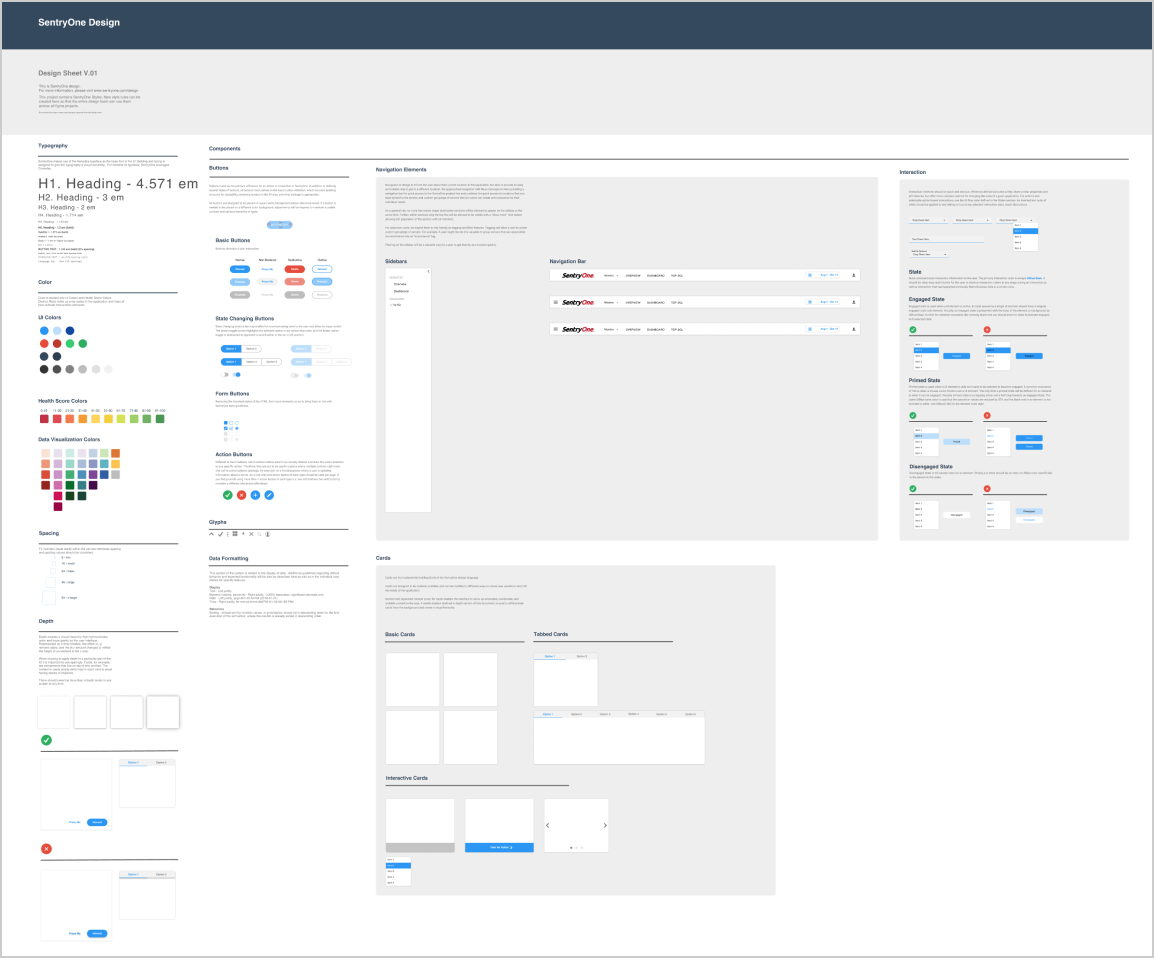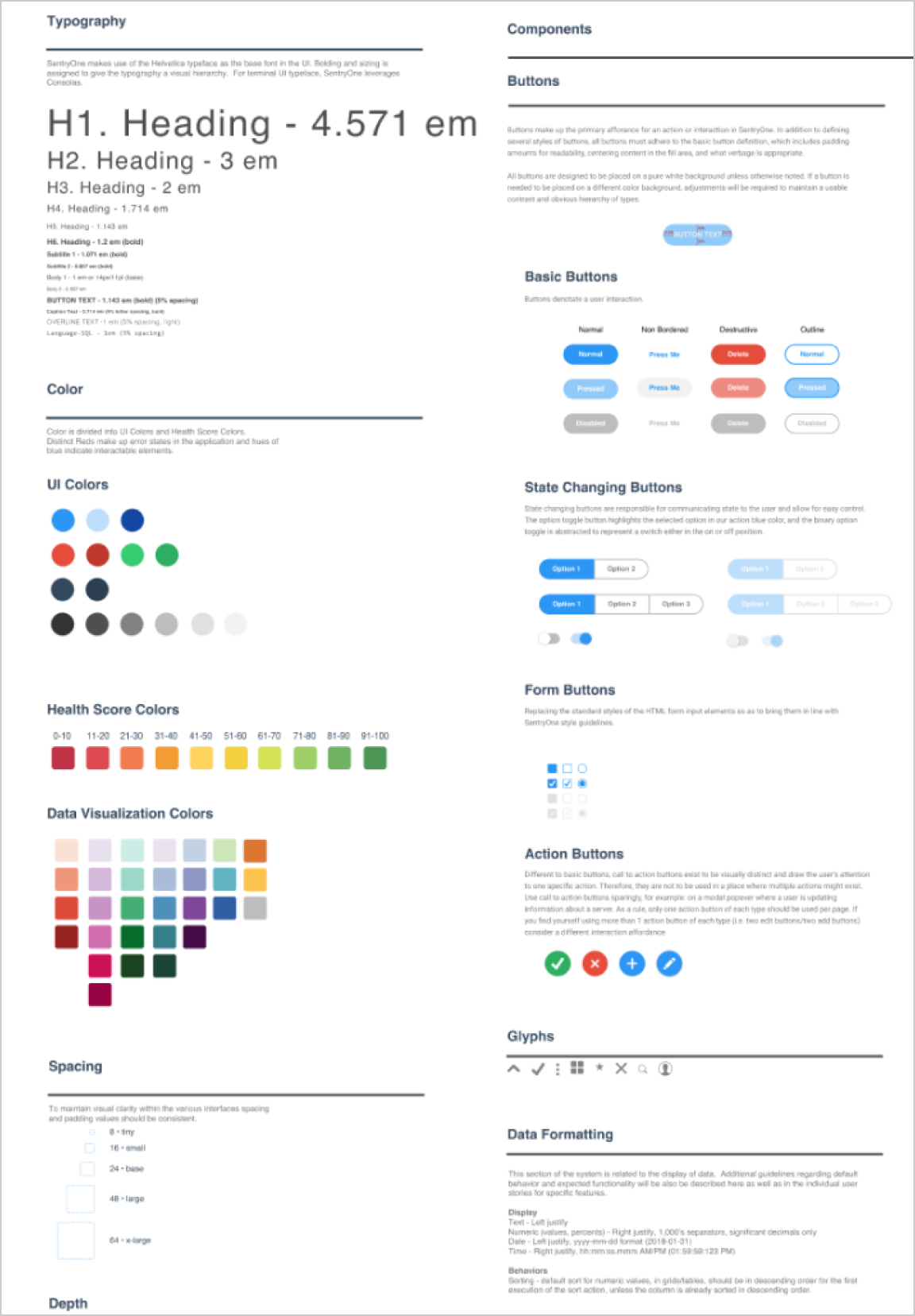John Hatley
UX Designer
Design System
Building a library of consistent, functional and visually appealing controls and style standards.
John Hatley
UX Designer
Building a library of consistent, functional and visually appealing controls and style standards.
Basics
2019
Figma, Google Material
UX/UI Design
About
Present a best-in-class suite of applications.
Deliver an appealing and complete set of controls and standards that would be leveraged moving forward.
My role was to lead the process and deliver the standards.
User Research
2 Groups of 5 - Existing Users/Free Agents
Experience with the Windows application ranged from 1 to 12 years.
DBA's, Developers and Generalists with 1-8 years of DB experience.
Findings & Collateral
Users identified several areas in the existing interface that were either confusing or missing:
These issues are common with legacy windows applications, especially when coupled with applications that were acquired and made to be a part of the portfolio of offerings.
In addition to the user input, I leaned on a few other information sources to help provide a complete picture prior to designing:
Solution


Conclusion
The selection of Google Material was an overall success, although there were bumps along the way. Not all of the nuanced control sets are covered in Google’s library and some of the UI elements were required to be modified greatly to provide the data density required by stakeholders.